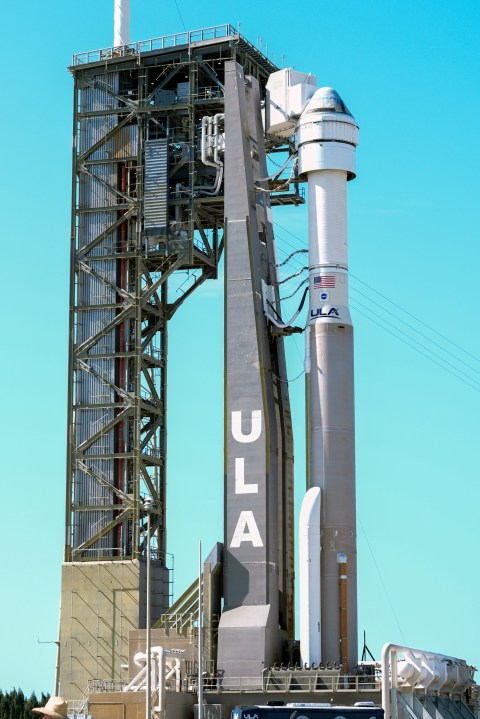(NewsNation) — Boeing’s Starliner docked with the International Space Station Thursday afternoon, delivering the two astronauts on board as part of the capsule’s first crewed test flight.
The capsule was initially supposed to dock at 12:15 a.m. ET but missed the docking window as flight control and the crew attempted to troubleshoot an issue with the thrusters. The next docking window was at 1:33 p.m. ET.
The reaction control thrusters experiencing issues are located on the capsule’s service module, where three helium leaks have been located. There are 28 reaction control thrusters in total used to allow more finely tuned control over the spacecraft as it docks.
The service module where they are located will not return to Earth with the rest of the capsule and crew.
Starliner performed an autonomous docking, which means the crew was hands-off while the spacecraft flew itself as it joined with the ISS to deliver the astronauts and supplies.
The capsule took off from Cape Canaveral, Florida, on Wednesday atop a United Launch Alliance Atlas 5 rocket with NASA commander Barry “Butch” Wilmore and co-pilot Sunita Williams on board. The mission marks the first time a woman has flown a test flight on an orbital spacecraft.
The Starliner has faced several delays after an anomaly with a pressure relief valve scrubbed a May launch and an issue with a ground computer put a stop to a Saturday attempt.
Small helium leaks have also been discovered on the craft. Helium is used to power Starliner thrusters. A leak was discovered before launch, but Boeing elected not to fix it, deeming it low risk and noting that a fix would require disassembling and reassembling the entire capsule. The two newest leaks were discovered after Starliner was in orbit.
NASA said the spacecraft remains stable, and two affected valves were closed.
The Starliner is part of NASA’s Commercial Crew program, which is meant to be a less costly successor to the Space Shuttle. Boeing has lagged about four years behind SpaceX, with Starliner completing its initial crewed test flight while the Crew Dragon from SpaceX has already made multiple trips to the ISS.
The goal is to have private companies build and develop spacecraft which can be used for private purposes, rather than funding them through NASA. NASA buys flights for astronauts and companies can sell their own seats for space tourism.
When the capsule arrives at the ISS, Wilmore and Williams will spend around a week on the ISS before returning to Earth.
That return will be another test for Starliner, which is expected to touch down at one of five possible landing sites in the southwest. That’s a major departure from most crewed capsules, which typically splash down in the ocean where they are retrieved by ships.
Reasons for attempting a terrestrial landing include the fact that it will be easier to retrieve the capsule and crew and will avoid corrosion and other damage to the spacecraft that salt water may cause.
The Starliner has successfully touched down in previous test flights, but this will be the first time it will do so with a crew inside.
